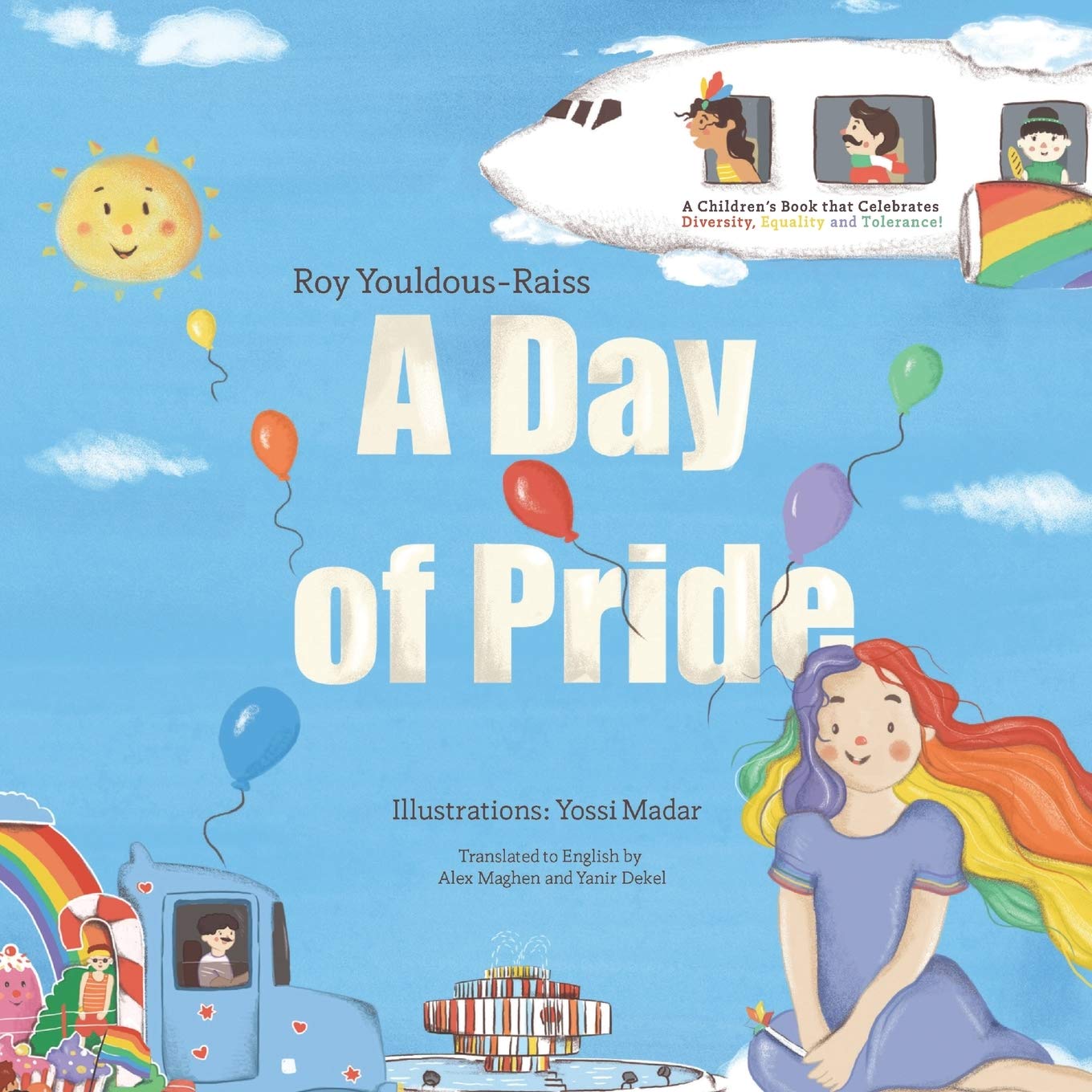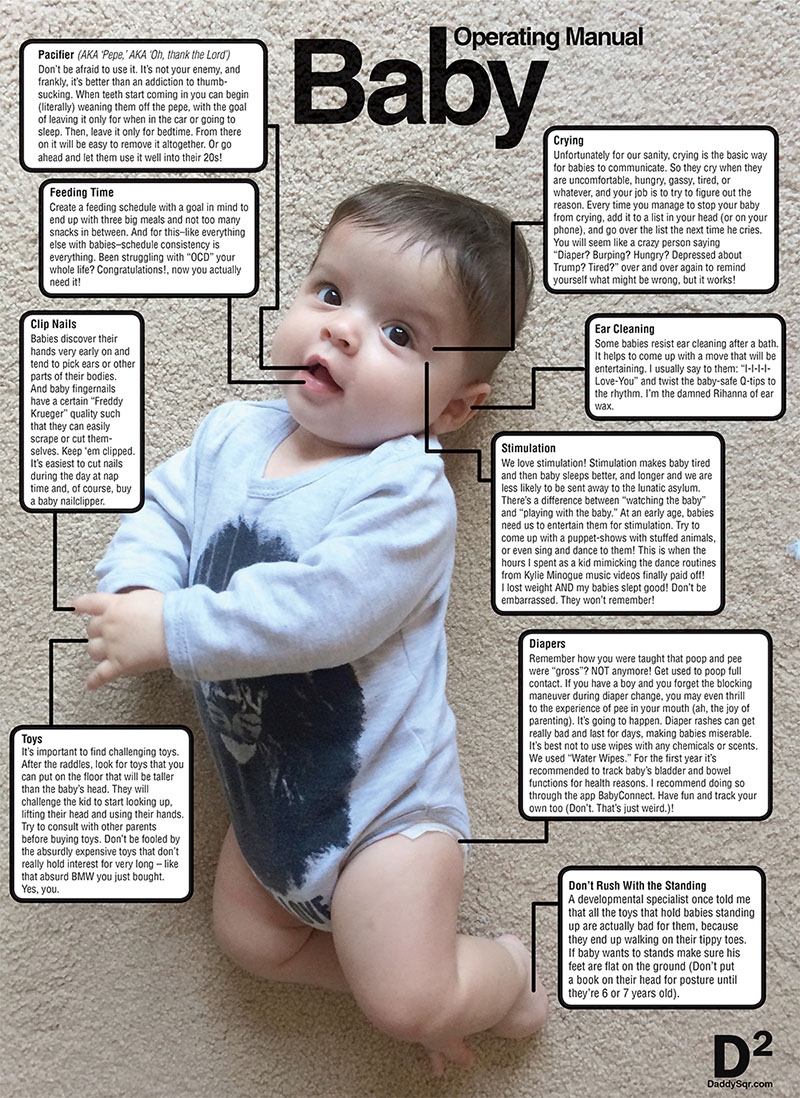Is This The End of ‘Twiblings’ Era? Surrogacy Agencies Advise Against Twin Pregnancies
Over the past few months we’ve been hearing stories from gay dads, especially from outside of the U.S., about the difficulty in finding a surrogacy agency that agrees to help with a ‘twiblings’ pregnancy (twins from same egg donor, but sperm provided by one of each). We tried to figure out why this is happening, and whether or not it can be fixed.
Couples I’ve spoken to from my home country (Israel) describe the reasons U.S. agencies give them to avoid twibling pregnancies: “twin pregnancies come with increased risks to the embryos in the form of birth defects, premature births, or failed pregnancies,” and “in the case of premature births, this can result in very costly neonatal intensive care hospital stays at $5,000/day/child – or more.”
According to the intended fathers that I spoke with, there are no insurance companies today that are willing to insure twins from the moment of birth until the moment they are discharged from the hospital, especially when it comes to same-sex parents who are not US residents.
“The only insurance company that is willing to insure twins from birth to their release from a hospital for single-sex parents who are not residents of the United States is Lloyd’s of London, which offers such insurance at a cost ranging from $60,000 to $100,000.”
Some agencies require a deposit of $100,000 to an escrow account in order to begin a surrogacy procedure for twins. The money, they say, will be used in the event of hospitalization, and if it not necessary, will be return to the parents.
“We are currently helpless against the surrogacy agencies that are not interested in starting the process with us unless we pay double the amount of surrogacy– which we cannot afford,” says one intended father.
According to Dr. Guy Ringler, Reproductive Endocrinologist at California Fertility Partners and a former guest on our Daddy Squared podcast, twins have always been considered a high risk pregnancy.
“In the past we used to implant two embryos in the surrogate in order to increase the chances of pregnancy,” he said. “That’s why we sometime ended with twins. Now with the high success rates of IVF pregnancies, we don’t need to do that anymore so we usually advise parents who want twins to do it with two separate surrogates at the same time. The success rate of this is much higher and there’s less risk of abnormality in the child, and of course less of a risk for the surrogate. Of course, it’s also significantly more expensive that way.”
“Neverthess,” says the Doctor, “there are still surrogates who agree to carry twins, despite the risks.”
We turned to our friends at Circle Surrogacy to find out if this is a general phenomenon in the Surrogacy field, or just a risk that U.S. agencies don’t want to take with international clients.
“Circle Surrogacy & Egg Donation would support Intended Parents who make an informed decision to have a twin pregnancy, but we would always ensure they fully understood the risks associated with twins,” says Scott Buckley, Vice President of Client Services at Circle Surrogacy.
“A twin pregnancy provides risks to the surrogate and the child(ren). The maternity expenses are typically twice as high with a twin pregnancy, as high-risk OBGYNs are often involved. There can also be risks to the children. On average, we find that twins are born one month early, roughly half of the twins are required to stay in the NICU and, in our experience, the average cost in the NICU can approach $100,000. As with any baby who enters the NICU, depending on their needs, the outcomes may vary. Some leave the NICU healthy, others may need to spend extended time (we’ve seen up to 6 months) and can have longer-term complications.”
“We also inform intended parents who desire twins that it may take longer to match them with a surrogate, as many surrogates are either not medically approved to carry twins or are unwilling to do so. Lastly, the cost of the journey will be greater as complications often occur, many deliveries are via c-section (additional cost vs. vaginal birth) and surrogates may end up on bed rest (additional cost to the intended parents).”
Heather Manojlovic, Surrogate Coordinator at Circle and a two-time surrogate for gay dads confirms that horror stories are sometimes shared in surrogate internet discussion groups about the complications with twins. “Because stories with complications or negative experiences tend to gain more traction on social media I think it’s common to see those posts more often in our feeds,” says Heather.
“I would say the decrease of women wanting to carry multiples is associated with carriers becoming more educated in regard to the risks associated with a twin pregnancy for both the carrier and the babies. The surrogacy industry has experienced exponential growth with projections anticipated to continue. With this growth comes more discussion, and women willing to share their insights. From a statistical standpoint there are more risks associated with a twin pregnancy and for most women pursuing surrogacy there are hopes to potentially pursue more than one journey. There is also the concern from the carrier’s standpoint regarding any complications and potentially the risk to leave her family behind.”
According to Heather, the trending alternative to ‘twiblings’ at the moment is a dual journey
“For my second journey I actually carried for a couple that had a dual journey, hoping to avoid the risks of a twin pregnancy. A dual journey is when one carrier starts the journey with one of the Dads’ biology and once pregnancy is confirmed and a few months have passed a second surrogate moves forward with her embryo transfer for the other Dad.”













